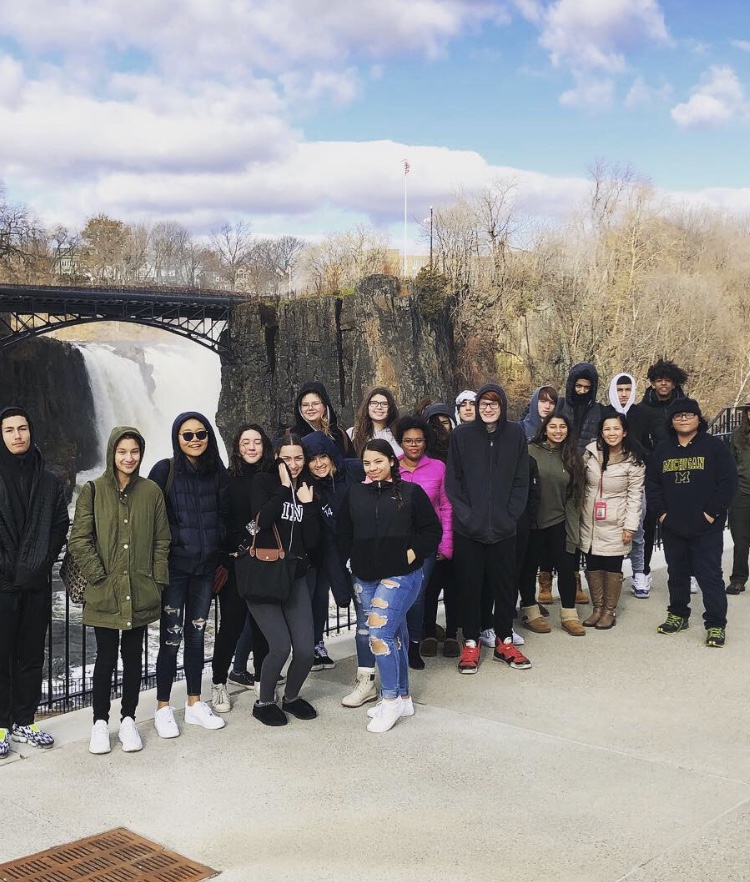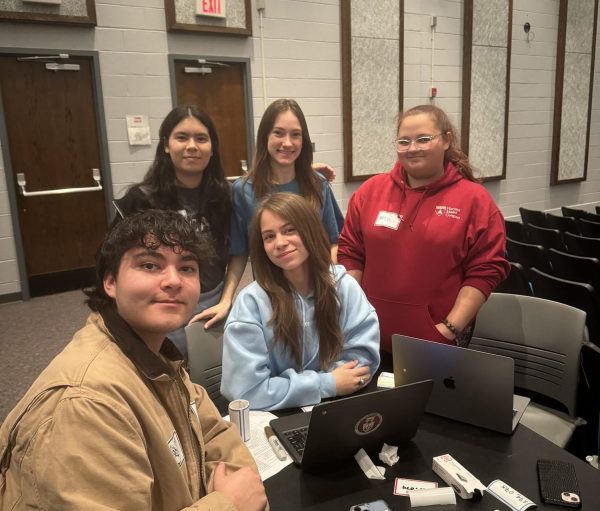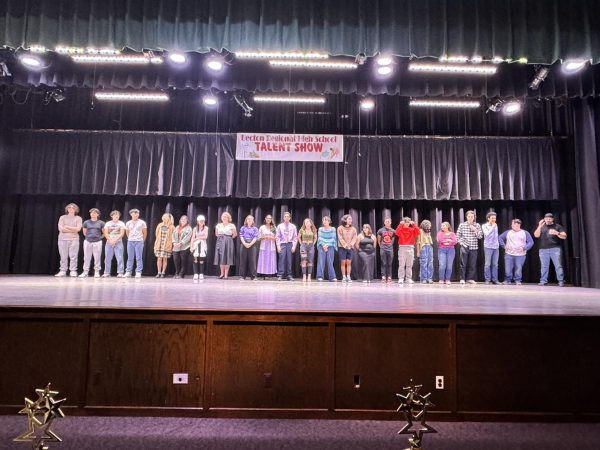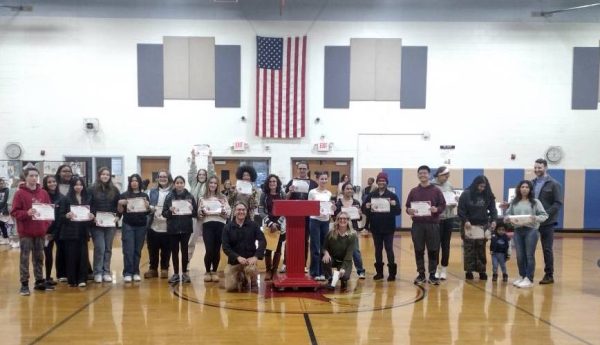Field trip strengthens students’ understanding of U.S. History II curriculum
History educator Ms. Dizon brought twenty-five of her U.S. History II students to visit both the Paterson and American Labor Museums on November 29.
The teacher chose these two destinations for the field trip in order to educate her students on the Paterson Silk Strike of 1913, a lesson that appeared in her unit on labor unions and the Second Industrial Revolution. According to the history teacher, the trip helped participants learn about “the struggles and achievements of workers in the early 1900s and how the events of the past have shaped our world today” giving them a hands-on approach to learning history.
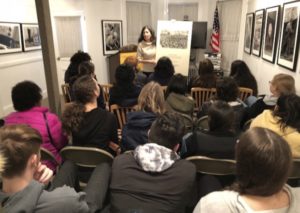
The trip began with students taking a tour of the American Labor Museum directed by Evelyn Hershey, the site’s Education Director who assisted Ms. Dizon in organizing the trip. Students explored the rooms of the former home of the Botto family, a family of six, including four daughters, who all labored for Paterson silk mills. The house was a designated area where union leaders gave speeches to inspire industrial workers to strike for better working conditions and was converted into a public museum in the 1980s.
“I kept imagining thousands of workers gathering in and around the house while supporting and motivating each other as they fought for things most people don’t have to worry about today,” said the history instructor.
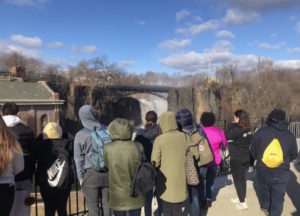
“I hope students learned about New Jersey and realized how our very own state played such a significant role in the industrialization of our country,” she added.
The next stop on the trip was the Paterson Great Falls, where Park Ranger Molly Zipkin spoke to students in detail on the history of the city. The group was given the opportunity to view the waterfalls from a close range and learn about how they contributed to the lives of the citizens of Paterson many years ago.
Lastly, the class visited the Paterson Museum and received a tour highlighting the working conditions of factories and mills in the city. The kids viewed artwork and murals that represented the city’s history, as well as inventions on display that were created in the town. These displays included old-fashioned silk factory machines, a replica of one of the earliest fire engines ever made, and cabinets of pharmaceutical drugs that were once sold in the 1900s.
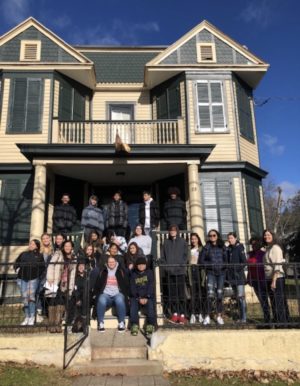
Ms. Dizon revealed that this was her first time seeing the museums and Great Falls and was grateful that she was able to share the experience with her history students. “It required a lot of planning and organizing, but I think it was all worth it in the end.”
“The people were so kind in each museum,” Junior Brianna Adamowicz recalled. When asked what inspired her to sign up for the field trip, she responded, “What inspired me was getting an inside look into how these people lived their daily lives. Learning about how they lived helped me understand how the events that occurred in the past helped us get to where we are today.”
Junior Julia Konopka stated that her reason for attending the field trip was that she had grown up visiting the Paterson Great Falls and wanted to learn more of the site’s background. She explained, “My father used to take me to the falls when I was little, and we would have lunch there on the weekends during the summertime. He used to tell me about the significance of the surrounding building, so this trip helped me finally understand what these weekend trips truly meant.”
“I think the trip benefitted the students by allowing them to see firsthand some of the things we’ve been talking about in class,” Ms. Dizon concluded. “I think field trips are always great opportunities that allow lectures and discussions to continue in a unique setting outside of the classroom.”

Noelia is thrilled to return to the Cat’s Eye View for her senior year as our editor-in-chief as she completes an independent journalism internship....


